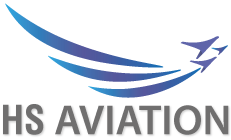Types of Aircraft Leasing
- Wet Lease or ACMI: A wet lease is an arrangement whereby the lessor provides the aircraft on an ACMI basis with aircraft, crew, maintenance, insurance. Wet leases are done between ‘Airline to Airline’. Whereby the (lessee) host airline ‘leasing in’ operates the aircraft under its call sign and covers the passenger, baggage and cargo liability insurance during the wet lease period. Monthly hours flown are established as minimum guaranteed ‘MGH’ during the wet lease period. Wet leases are ideal for startup airlines, new routes, seasonal or sudden demand peaks. Wet leased aircraft fulfill the interim needs created by long term fleet expansion plans whilst maximizing market share in the immediate term.
- Damp lease: This is an arrangement whereby the lessor provides the aircraft, flight crew, maintenance, insurance, whereas, the (lessee) host airline ‘leasing in’ the aircraft provides the cabin crew. This type of arrangement works well when both airlines operate similar types of aircraft and reduces the costs of the ‘leasing in’ airline substantially by using its own cabin crew pool.
- Operating Lease: This is an arrangement where the aircraft is owned by a leasing company (lessor) throughout the lease period, leased to an airline (Lessee) to register and operate the aircraft in the host country under its AOC. Such type of leases periods varies from 3 to 10 years in duration with a monthly rent for the aircraft, as well as maintenance reserves as additional rent. Operating leases are attractive to startup airlines. In certain countries where airlines are deemed less credit worthy, operating leases may be the only way to acquire aircraft. At lease end, the aircraft is returned back to the lessor under strict return conditions.
- Finance Lease: This is an arrangement where the aircraft is financially structured in such a way that ultimately the airline (lessee) becomes the owner of the aircraft. Finance leases require a higher security deposit and the amount of monthly rent to be paid dictates the duration of the lease. The rent over the course of the lease pay off the aircraft and at the end either the lessee takes ownership of the aircraft or has to make a final balloon payment to take ownership. At the end of the finance lease the maintenance reserves rent accrued are credited back to the lessee. In a finance lease the aircraft is regarded as the asset of the company from an accounting perspective and in contrast the operating lease only affects the company cash flow.

